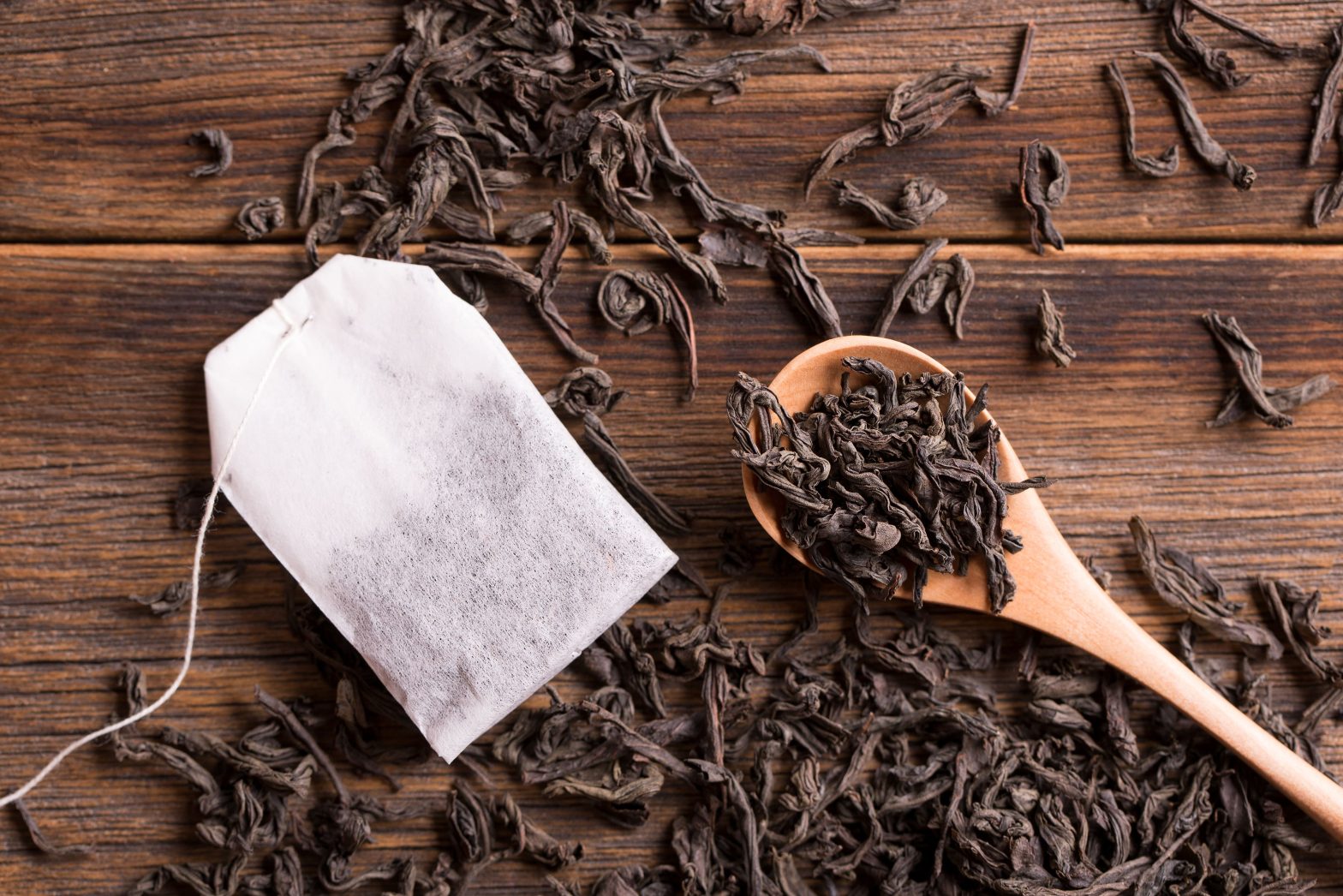The benefits of leaf teas over tea bags, particularly “loose-leaf tea” and “whole-leaf tea,” are widely discussed. Some of it may be true, however most of it is made up of generalisations, like “Loose-leaf tea is usually better than teabags.” Learn what distinguishes leaf tea from teabags and why it is often preferred.
What Do Tea Bags Mean?
Tea bags are little bags used to boil tea that is packed with broken or crushed tea leaves. While cheaper tea bags are frequently constructed using filter paper, more expensive ones frequently use silk or cotton for their bags. Tea bags are widely used since they are convenient and are sold in most supermarkets and retail establishments. To add flavour to the tea, insert tea bags in a teapot or individual cup with hot water and let them steep for a few minutes.
What Is Tea in Loose Leaf?
Tea leaves are used to make loose-leaf tea, which is steeped in hot water without the protective seal of a tea bag. The leaves can be whole or split. A strainer or tea infuser is used to extract the loose tea leaves from the water after the tea has steeped. When compared to bagged teas, whole leaf teas, such as loose green tea, typically produce tea with a richer flavour.
The 4 Grades of Tea Although tea is graded according to numerous distinct categories, there are only four general grades for all tea:
Whole leaf : Made comprised of complete, dried tea leaves, the whole leaf is the highest grade of tea. The greatest, most robust flavour profile, which lasts through numerous steeps, is found in tea prepared with whole leaf tea or long leaves tea.
Broken leaf : Broken leaves often have a darker colour and have been crushed, but they still retain a lot of the full-leaf tea’s flavour. Tea made from broken leaves will continue to taste good after several steeping’s. This tea is mostly sold as Loose-leaf teas in the market.
Fannings : Collected during the crushing process, fannings are leaf fragments that are inferior to whole or broken tea leaves in terms of quality. Fannings make up most of the tea in tea bags, and many of these fannings lose flavour after more than one steep.
Dust : The lowest grade of tea, dust is gathered after the broken leaves are crushed, producing only very small amounts of tea that are called dust. Tea bags commonly include tea dust inside of their sachets, and after several steepings, they typically lose flavour.
Whole-Leaf Tea vs. Teabags
The phrase “whole-leaf tea” describes tea that is primarily made up of whole long leaves tea, undamaged leaves. Contrary to popular belief, teabags are often made from inferior teas like dust and fannings. Dust and fannings have a larger surface area than whole leaves because of their smaller size. The risk that the essential oils, which give tea its flavour and aroma, will evaporate, rises with increased surface area, producing dull, stale tea. Because of this, the freshness of traditional teabags may be a severe issue, especially if they are presented in a paper box with paper wrapping.
Several steamed Japanese green teas are among the tea varieties that naturally break during processing. Even though they are of the highest grade, they are not complete leaves. They experience some freshness concerns as well, but with very low grades of tea, the flavour is lost more quickly (like dust and fannings). Some tea bags contain intact tea leaves. Whole-leaf teabags are the exception, not the rule, though.
Loose-Leaf Tea vs. Teabags
Loose-leaf tea is a tea that is not brewed in a teabag. Tea in loose leaf form has space for the tea leaves to spread out and absorb water as they steep. As a result, a variety of vitamins, minerals, tastes, and smells can be extracted from the leaves as the water flows through them.
The amount of tea that can be infused when steeping tea in a teabag depends on the size of the teabag. A cup of full-leaf tea that has been stuffed into a little tea bag won’t be particularly tasty. The tea business has been converting tea to teabags for many years. The surface area and infusion rate of the tea were enhanced by packing teabags with tiny tea particles (rather than full leaves). The result was a more flavourful (though not particularly complex) brew.
Standardization vs. Variety
Many tea enthusiasts still avoid teabags despite these advancements for two key reasons. The first has to do with maintaining tradition and taking pleasure in tea rituals without using teabags. The second involves a more artisanal, culinary, and seasonal approach to tea.
Tea bags are typically mixed for consistency. A specific tea from the grocery shop will taste the same from year to year. This is since it is a blend of teas from various countries. Based on cost and the desired final flavour profile, the quantities of teas from each site change every year. A tea’s pricing and standardisation are frequently valued more highly than its quality and flavour profile.
Which Is Better for You, then?
We’ve proved that loose leaf tea is superior to tea bags practically in every regard, but which one is best for you? However, that depends entirely on your needs. Tea bags are a better choice if you need to prepare tea or tea latte quickly.
Although loose leaf tea will almost always be the ideal choice if you want all the health advantages, flavour profiles, taste, value, and quality while reducing waste or blending with milk and sugar.

